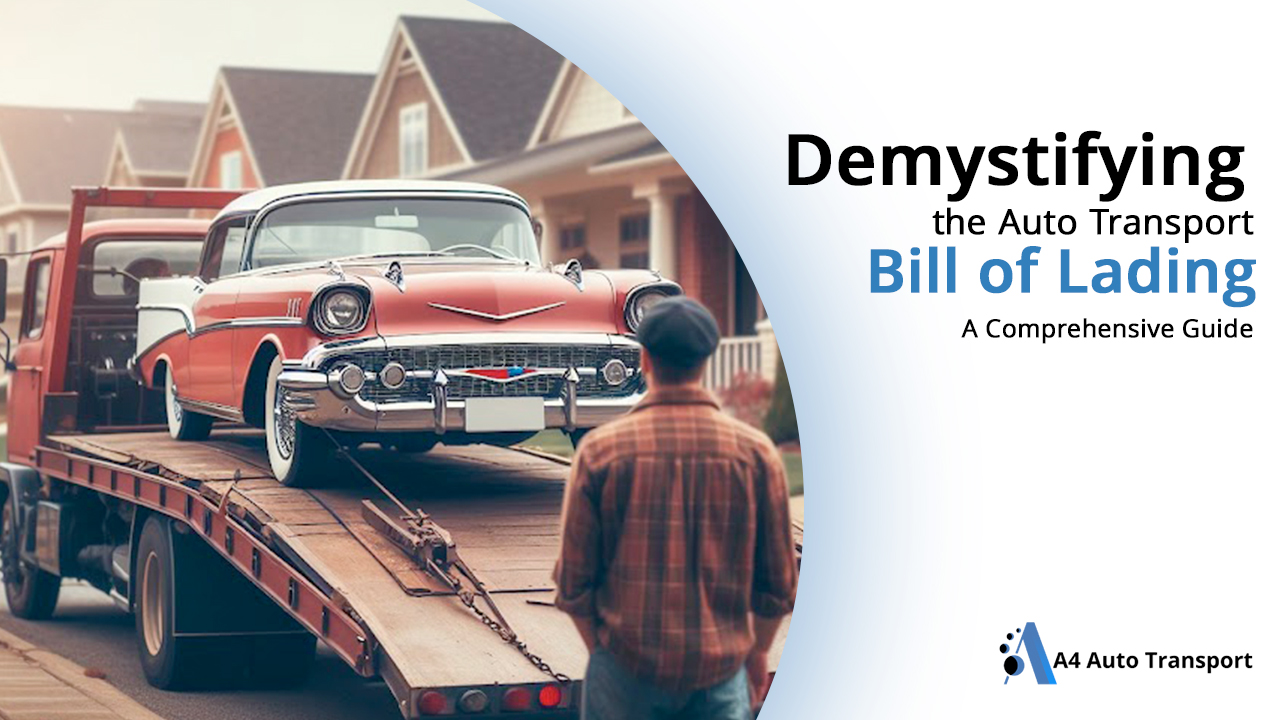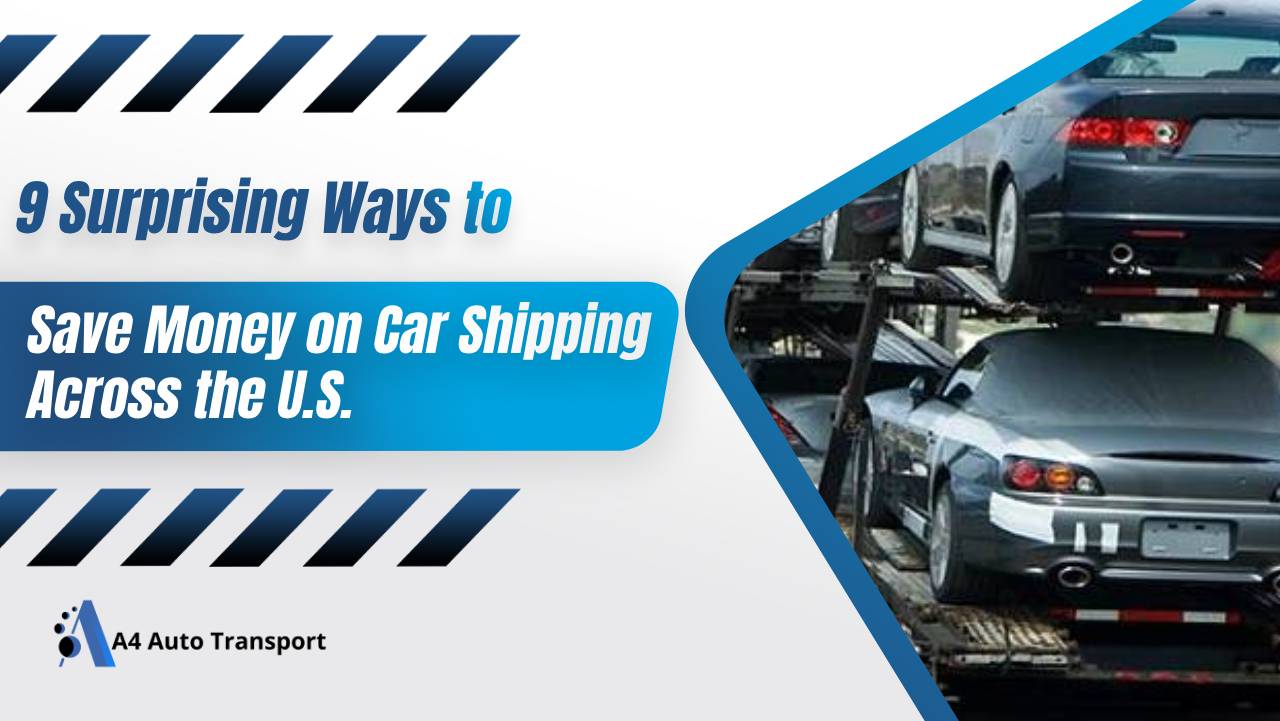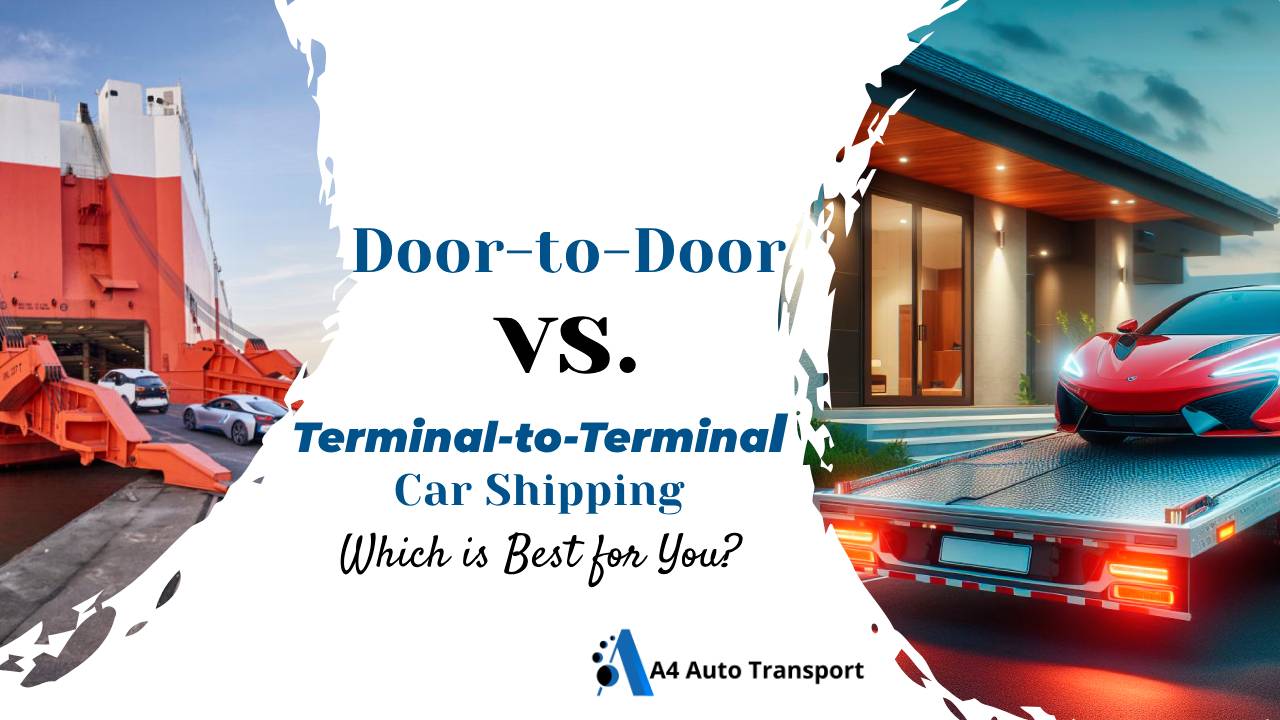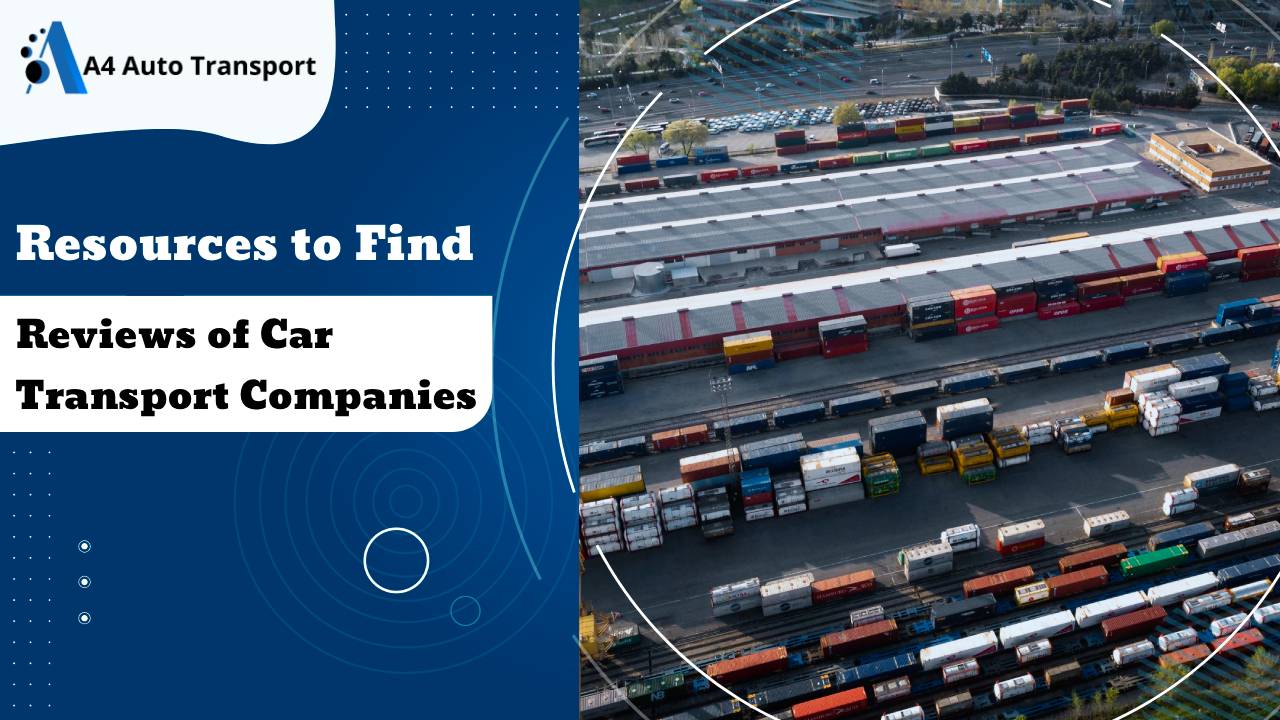Demystifying the Auto Transport Bill of Lading: A Comprehensive Guide

Are you gearing up for a vehicle transport journey? Whether you’re relocating, selling your car, or sending it for repairs, understanding the auto transport bill of lading (BOL) is crucial. While paperwork might not be the most thrilling aspect of the process, the BOL is far from just another form to sign and forget. It’s a vital document that protects your interests and ensures a smooth and secure transit for your vehicle. Let’s dive into this comprehensive guide to unravel the mysteries of the auto transport bill of lading and empower you with knowledge for your upcoming journey.
Key Highlights
- The Bill of Lading (BOL) is a legally binding contract documenting vehicle details, transport specifics, and acting as your protection throughout the shipping process.
- Before signing the BOL, thoroughly inspect your vehicle, compare details with your booking confirmation, and address any discrepancies with the carrier.
- Electronic BOLs offer convenience, but remember to store copies securely for record-keeping and potential insurance claims.
What’s the Auto Transport Bill of Lading?
The Bill of Lading (BOL) serves as a legally binding contract between you, the shipper, and the carrier responsible for transporting your vehicle. It’s more than just a receipt; it’s a detailed record of your vehicle’s condition, transportation specifics, and the terms of the agreement. Think of it as a roadmap that outlines the journey your vehicle will undertake, from pickup to delivery.
Why is the BOL Important?
The Bill of Lading (BOL) is your primary form of protection throughout the shipping process. It documents crucial information such as:
- Carrier Details: Including the name, contact information, and license number of the carrier responsible for transporting your vehicle.
- Vehicle Details: Providing specifics about your vehicle, such as its year, make, model, VIN (Vehicle Identification Number), and current mileage.
- Pickup and Delivery Information: Detailing the dates, locations, and contact persons involved in the pickup and delivery of your vehicle.
- Vehicle Condition: Recording the condition of your vehicle through detailed inspection reports before pickup and after delivery, noting any existing or new damage.
- Transport Details: Specifying transportation specifics, such as whether your vehicle will be transported via an open or enclosed trailer, insurance coverage, and any special instructions or requests.
By documenting these details, the BOL serves as proof of the agreement between you and the carrier, ensuring accountability and clarity throughout the shipping process.
Types of Bill of Lading (BOL)
There are several types of BOLs tailored to different modes of transportation:
- Inland BOL: Used for land shipments within a country.
- Ocean BOL: Utilized for maritime shipments.
- Through BOL: Covers the entire transport journey, including both land and sea legs.
- Air Waybill: Employed for air freight shipments.
Understanding the type of Bill of Lading (BOL) relevant to your shipment helps ensure compliance with the appropriate regulations and procedures.
Scrutinizing Details and Inspection
Before signing the Bill of Lading (BOL), it’s essential to review all details carefully and inspect your vehicle thoroughly. Here’s what to look out for:
- Accuracy: Ensure that all information on the BOL matches your booking confirmation and is accurate to avoid any discrepancies later on.
- Vehicle Inspection: Conduct a comprehensive inspection of your vehicle, noting any pre-existing damage or concerns. Document these observations on the BOL to avoid disputes upon delivery.
- Discrepancies: If you notice any discrepancies or issues with the BOL or the condition of your vehicle, do not hesitate to address them with the carrier. Refrain from signing the document until any concerns are resolved satisfactorily.
Electronic BOLs
In the digital age, many carriers offer electronic BOLs for added convenience. These electronic documents are typically emailed to you upon pickup and delivery of your vehicle, providing easy access and record-keeping. Remember to store digital copies of your BOLs securely for future reference or potential insurance claims.
Conclusion
The auto transport bill of lading (BOL) is not just another form; it’s your safeguard and assurance throughout the shipping process. By understanding its importance and adhering to proper inspection and documentation practices, you can navigate the journey with confidence and peace of mind. So, the next time you encounter the BOL, remember its significance in ensuring a smooth and secure transit for your vehicle.
FAQs
What happens if I disagree with something on the BOL?
If you encounter any discrepancies on the BOL, refrain from signing it until the issues are resolved satisfactorily. Inform the carrier immediately and work towards a mutually agreeable solution before proceeding with the shipment.
Can I request a digital copy of the BOL?
Yes, many carriers offer electronic BOLs for added convenience. If electronic copies are not readily available, inquire with the carrier about the possibility of receiving digital copies for your records.
What should I do if my car arrives damaged?
If your vehicle sustains damage during transit, document the condition with photos and notify the carrier immediately. If pre-existing damage was noted on the BOL, file an insurance claim with the carrier accordingly.
How long should I keep the BOL?
It’s advisable to retain all copies of the BOL for at least a year, if not longer. These documents serve as crucial evidence for potential insurance claims or future reference.
What’s the difference between the bill of lading (BOL) and the shipping bill?
While both documents relate to shipping, they serve distinct purposes. The BOL acts as a legally binding contract between the shipper and carrier, documenting the details of the shipment and serving as proof of ownership transfer. On the other hand, the shipping bill primarily serves as a customs declaration, providing information about the shipment’s contents, value, origin, and destination for customs clearance purposes.
a4AutoTransport is a group of auto transport researchers and experts that comes in handy for anyone who wants to move their car/vehicle without putting extra miles on the odometer. At a4AutoTransport, We researched over a hundred car shipping companies, interviewed real customers and industry leaders, and collected nearly 500 quotes to find the nation’s best auto transport companies. With our combined 5 years of industry experience and research, we’ll help you find the right car shipper for your budget.






